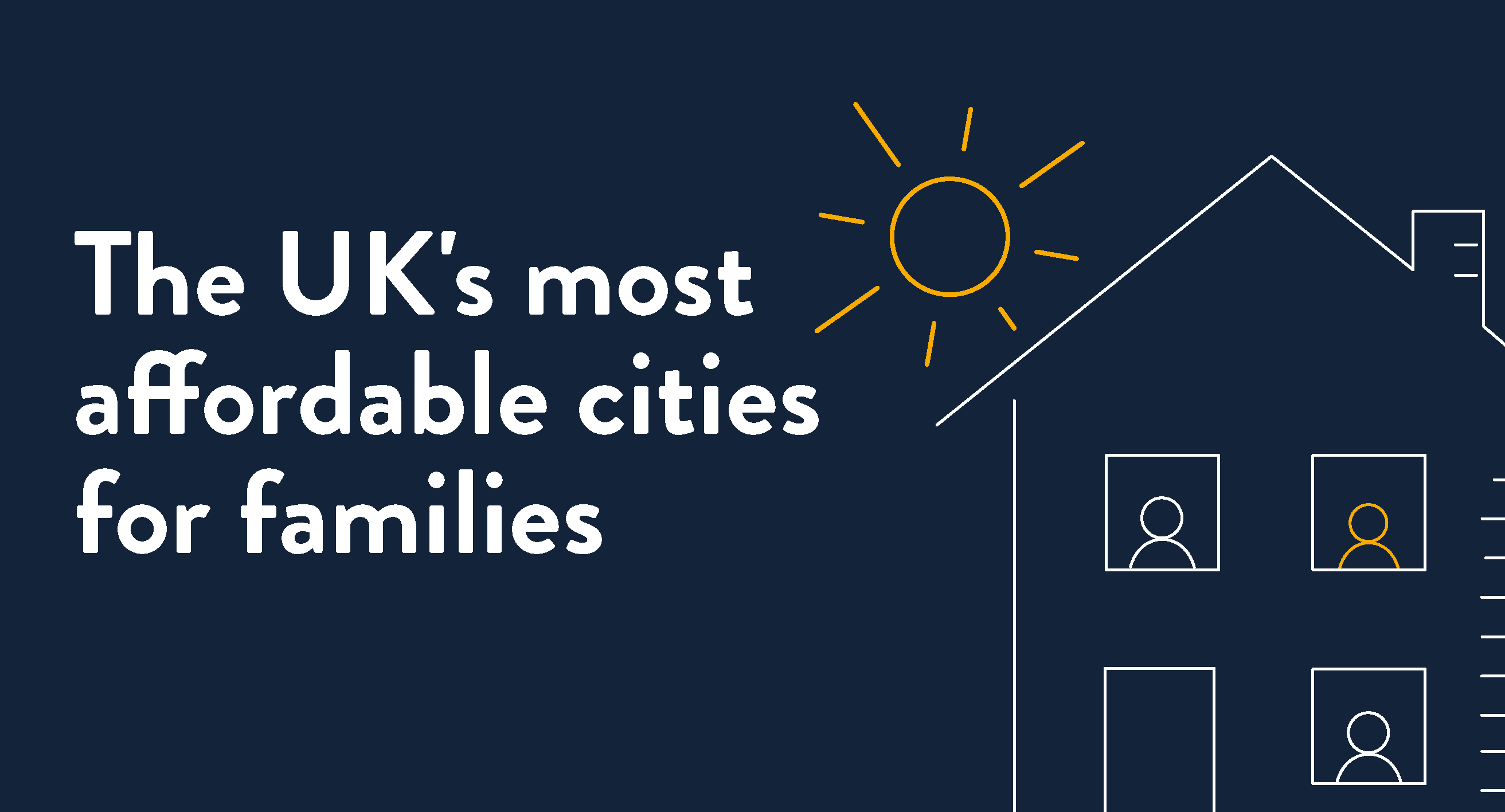
Every January, millions of us make New Year’s resolutions. According to research, around two-thirds of Brits pledge to make changes in the New Year, with health and financial resolutions generally the most common.
But what are the most popular resolutions? What should you decide to do? And how can you ensure you’re not one of the 80% of people who fail their resolution by February?
What are the most common New Year’s resolutions?
According to a poll published in the Daily Telegraph, the most common New Year’s resolutions that people choose include:
1. Exercising more (38%)
2. Losing weight (33%)
3. Eating more healthily (32%)
4. Taking a more active approach to health (15%)
5. Learning a new skill or hobby (15%)
Other popular resolutions include stopping smoking, getting finances in order, spending more time with family or friends, drinking less, or making career changes.
How to pick a New Year’s resolution you can keep
A poll of 2,000 Brits published by Bupa found that half of those people who were planning to pledge a New Year’s resolution were not confident they would stick to it. Around one in five people also admitted to setting overly ambitious, potentially unsustainable goals.
Philip Clarke, psychology lecturer at the University of Derby Online Learning, says that the biggest mistake is that many people identify what they want to achieve but do not think about how to do it.
He told the Daily Telegraph: “They set long-term outcome goals such as getting a ‘dream body’ or to spend more time with family and, as a starting point, these sound like good goals. The problem is that the goal-setting process for many people stops there.
“People who develop action plans experience less anxiety, more confidence, improved concentration and greater satisfaction about achieving their goals and are more likely to succeed.”
The Bupa poll found that those people who set small, realistic goals were more confident that they would stick to them, while around a fifth of people said that technology was the key to helping them stay on
track.
5 steps to choosing an achievable New Year’s resolution
1. Make it specific
Goals work better when you have a clear goal in mind.
Rather than ‘lose weight’, you’re more likely to achieve your aim if you make it specific – for example ‘lose 2 stone by 31 July’.
2. Ensure your goal is achievable
Is your New Year’s resolution realistic and attainable? It’s important that you give yourself a challenge, but setting an unrealistic goal can lead to you giving up.
If you already save money, try and save a bit more. Create weight loss goals that you know you can meet, rather than difficult aims that leave you feeling stressed and anxious.
3. Ensure your goals are realistic
Make sure that you can achieve your New Year’s resolution in a realistic timeframe.
Setting a timeline for when and how you want to achieve your goal is important. Your main goal may be a few months away, but creating smaller short-term goals can give you regular milestones to work towards.
4. Set a goal you’re excited about
Choosing a goal that is exciting will help you to keep motivated during tough times.
For example, rather than ‘saving £1,000’, how about ‘saving £1,000 so you can take the family to Disneyland Paris for a long weekend’? This specific aim helps you to keep a positive attitude.
5. Record and measure your progress
You should record your New Year’s resolution to make a conscious commitment to your goal, and leave it in a place where you can regularly see it.
Also, measure your progress towards your goal to motivate yourself. You will see how far you have come, and stay in a positive frame of mind. Using technology can help, for example apps to monitor savings or weight loss.


